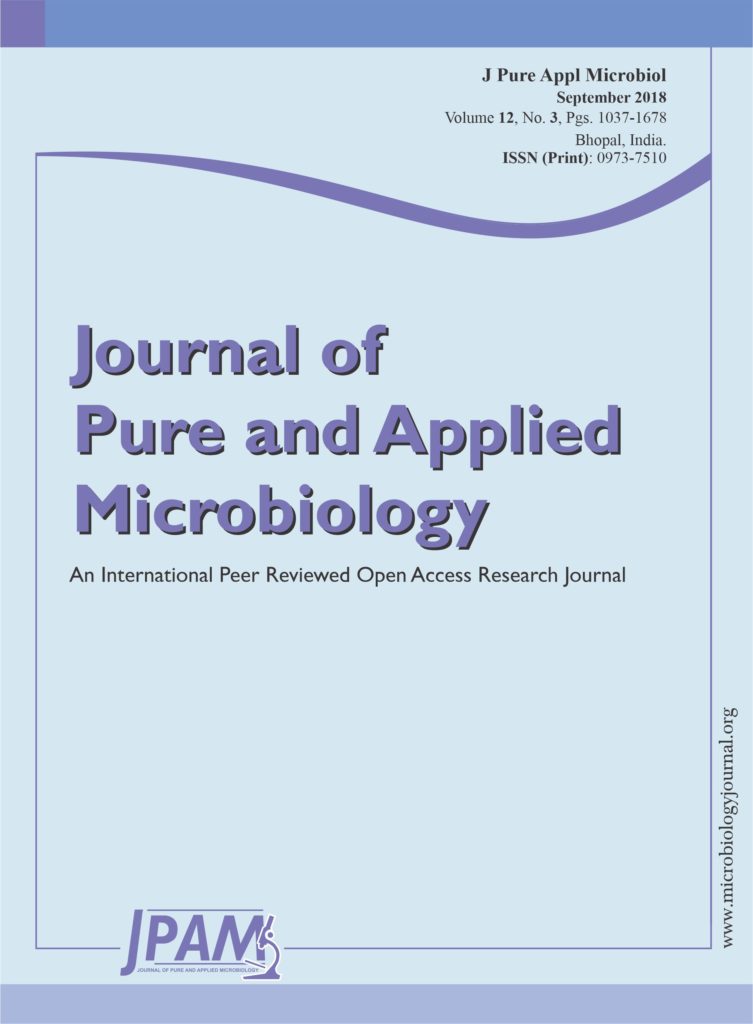The Sygygium polyantum L. leaf has been used as spice as well as traditional herbal medicine. The methanolic extracts of S. polyanthum L. was tested for antibacterial and sporicidal activities against vegetative cells and spores of Bacillus pumilus ATCC14884 and B. megaterium ATCC14581. The disc diffusion assay (DDA), minimum inhibition concentration (MIC), minimal bacterial concentration (MBC) and sporicidal activities of the extract on Bacillus sp. were analyzed using Clinical and Laboratory Standard Institutes (CLSI) methods. The effect of the extract on spores was visualized using scanning electron microscope (SEM). The results show that the inhibition zone of the extract on B. pumilus and B. megaterium was 12.16 ± 0.57 mm. The extract has been able to inhibit the growth of B. pumilus and B. megaterium vegetative cells with MICs of 0.08- and 0.04 mg/ml, respectively. Moreover, the B. pumilus and B. megaterium can be killed by MBCs of 1.25- and 0.64 mg/ml, respectively. One presence of extract can kill 100% of all Bacillus sp. spores during 1 h exposure time. SEM observation showed that the spores were destroyed by the extract. These results suggested that S. polyanthum L. extract can be developed as antibacterial and antispore against Bacillus sp.
Antibacterial activity, Bacillus pumilus, B. megaterium, Sporicidal activity, Sygygium polyanthum L. extract
© The Author(s) 2018. Open Access. This article is distributed under the terms of the Creative Commons Attribution 4.0 International License which permits unrestricted use, sharing, distribution, and reproduction in any medium, provided you give appropriate credit to the original author(s) and the source, provide a link to the Creative Commons license, and indicate if changes were made.


